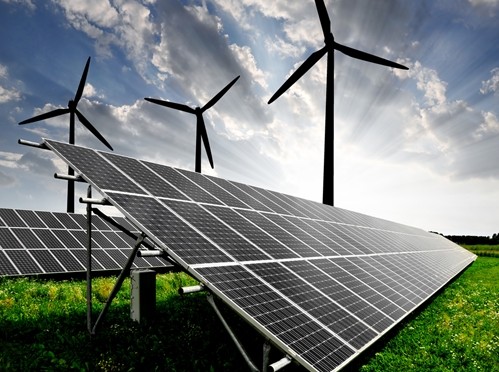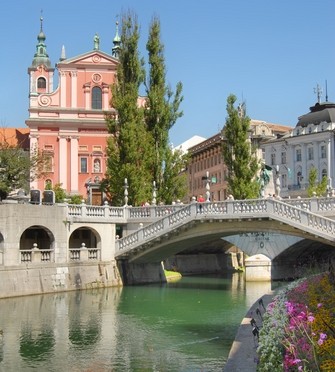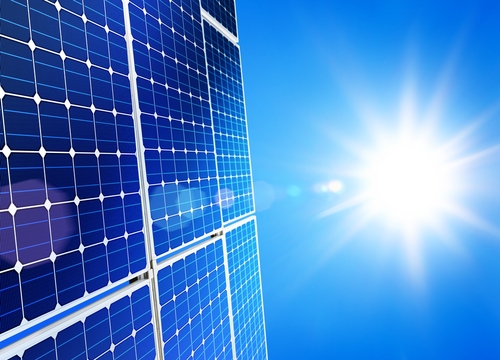It is every Earth Citizen's person's responsibility to keep our planet healthy, a notion that Ilchi Lee emphasizes in his teachings and writings. However, reducing humanity's carbon footprint is not a project that can be completed in one fell swoop; rather, it requires lifestyle changes both big and small that minimize the negative impact we as a species make on this beautiful planet. Implement these suggestions into your everyday life to reduce your own carbon footprint:
Utilize Public Transportation
Driving a fuel-efficient car is a great way to reduce the amount of toxins you send into the air. Unfortunately, it's not the simplest or most affordable solution for most people in our current economic climate. Rather, you can choose to take the bus or train when possible. Public transportation greatly reduces CO2 emissions. You might also form a carpool group with coworkers – if five people drive in one car, you can potentially reduce the amount of CO2 emissions to around one-fifth the amount of five people driving separately.
Turn Off the Lights
When you leave a room, make sure you flick the light switch off. Doing so won't just save you money on your electric bill but will also help minimize your carbon footprint. The same goes for other electronics that may be an energy drain – turn them off when not in use. You should also be sure to use compact fluorescent light bulbs (CFLs), as they use one-third the energy of incandescent bulbs.
Buy Local Produce
According to the U.S. Environmental Protection Agency, 13 percent of all greenhouse gas emissions in America are caused by the production and transportation of food items. If you live in California and purchase oranges grown in Florida, the amount of energy consumed and CO2 emitted is astronomical. When you buy local, you significantly reduce the carbon footprint involved in the process and you help to support small, local farmers.
Skip the Animal Products
Eating less meat and dairy may help reduce the amount of harm caused to the planet. That's because these foods are often produced using fertilizers made from fossil fuels, not to mention pesticides and other harmful toxins. Another great benefit is that reducing meat consumption leaves room for a more diverse array of fruits and vegetables in your diet, which can work to improve your overall health.
As an advocate of a peaceful, sustainable world, Ilchi Lee encourages all people to take action in their everyday lives to conserve Earth's natural resources. With Lee's guidance and these small but important changes, Earth Citizens around the globe can reduce their carbon footprints and leave the world a better place for future generations.









